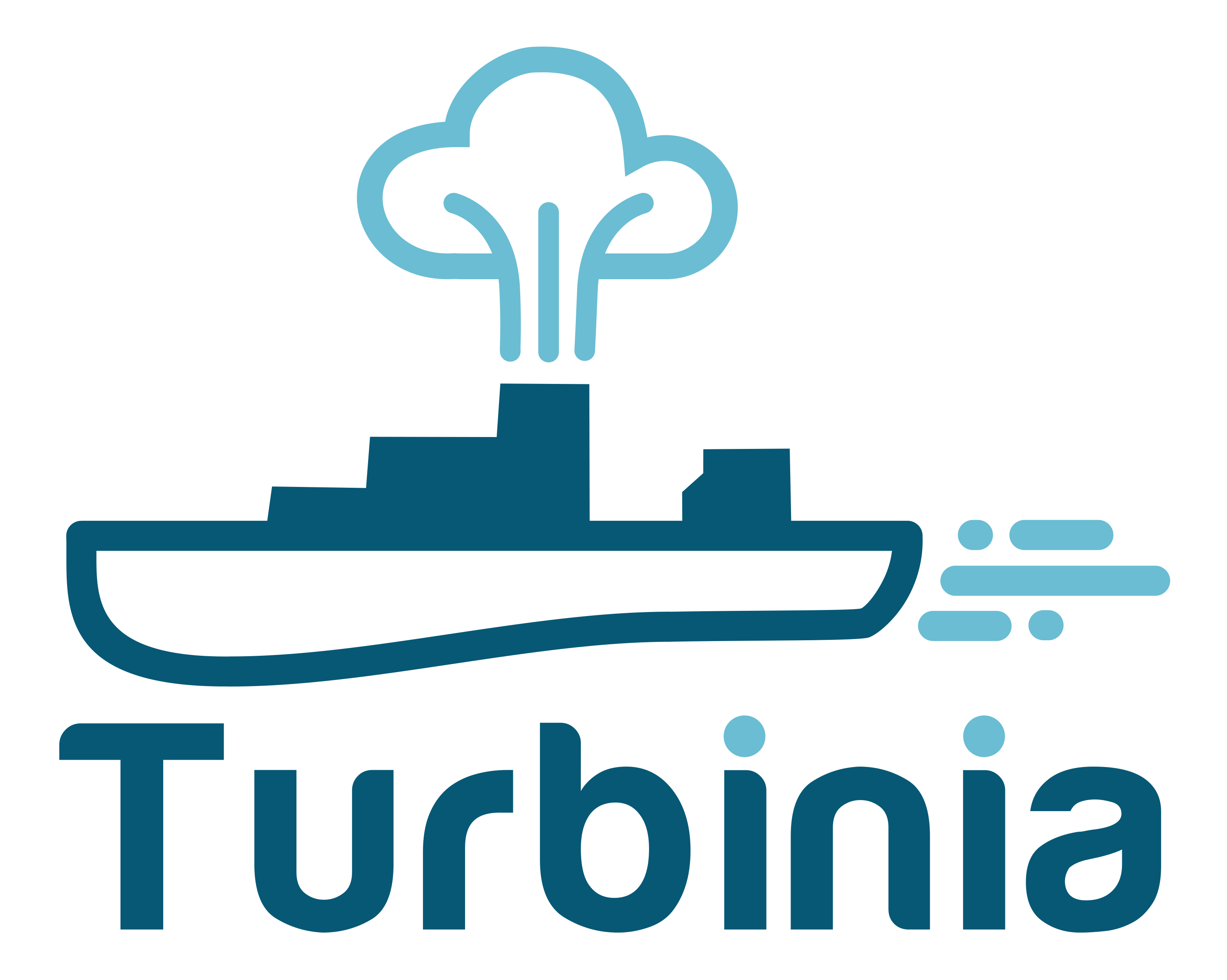Turbinia is an open-source framework for deploying, managing, and running distributed forensic workloads. It is intended to automate running of common forensic processing tools (i.e. Plaso, TSK, strings, etc) to help with processing evidence in the Cloud, scaling the processing of large amounts of evidence, and decreasing response time by parallelizing processing where possible.
Turbinia is composed of different components for the client, server and the workers. These components can be run in the Cloud, on local machines, or as a hybrid of both. The Turbinia client makes requests to process evidence to the Turbinia server. The Turbinia server creates logical jobs from these incoming user requests, which creates and schedules forensic processing tasks to be run by the workers. The evidence to be processed will be split up by the jobs when possible, and many tasks can be created in order to process the evidence in parallel. One or more workers run continuously to process tasks from the server. Any new evidence created or discovered by the tasks will be fed back into Turbinia for further processing.
Communication from the client to the server is currently done with either Google Cloud PubSub or Kombu messaging. The worker implementation can use either PSQ (a Google Cloud PubSub Task Queue) or Celery for task scheduling.
The main documentation for Turbinia can be found here. You can also find out more about the architecture and how it works here.
Turbinia is currently in Alpha release.
There is an installation guide here.
The basic steps to get things running after the initial installation and configuration are:
- Start Turbinia server component with
turbiniactl servercommand - Start Turbinia API server component with
turbiniactl api_servercommand if using Celery - Start one or more Turbinia workers with
turbiniactl celeryworkerif using Celery, orturbiniactl psqworkerif using PSQ - Install
turbinia-clientviapip install turbinia-client - Send evidence to be processed from the turbinia client with
turbinia-client submit ${evidencetype} - Check status of running tasks with
turbinia-client status
turbinia-client can be used to interact with Turbinia through the API server component, and here is the basic usage:
$ turbinia-client -h
Usage: turbinia-client [OPTIONS] COMMAND [ARGS]...
Turbinia API command-line tool (turbinia-client).
*** ***
* *
*** ******
* *
** * * ** ,*
******* * ********
* * *
* * *
%%%%%%
%%%%%%
%%%%%%%%%%%%%%% %%%%%%
%%%%%%%%%%%%%%%%%%%%% %%%%%%%
%%%%%%%%%%%%%%%%%%%%%%%%%%%%%%%%%%%%%%%%%%%%%%%%%%%%%%%% ** *******
%% %% ***************
%% (%%%%%%%%%%%%%%%%%%% ***** **
%%%%% %%%%%%%%%%%%%%%
%%%%%%%%%% %% ** ***
%%% %% %% %%% %%%%,
%%% %%% %%% %%%%% %%% %%% %% %%% %%% %%% (%%
%%% %%% %%% %%% %% %%/ %% %%% %%% %%% %%%%%%%%
%%% %%% %%% %%% %%% %%% %% %%% %%% %%% %%% %%%
%%% %%%%% %%% %%%%% %% %%% %% %%% %%%%%
This command-line tool interacts with Turbinia's API server.
You can specify the API server location in ~/.turbinia_api_config.json
Options:
-c, --config_instance TEXT A Turbinia instance configuration name.
[default: (dynamic)]
-p, --config_path TEXT Path to the .turbinia_api_config.json file..
[default: (dynamic)]
-h, --help Show this message and exit.
Commands:
config Get Turbinia configuration.
evidence Get or upload Turbinia evidence.
jobs Get a list of enabled Turbinia jobs.
result Get Turbinia request or task results.
status Get Turbinia request or task status.
submit Submit new requests to the Turbinia API server.
Check out the turbinia-client documentation page for a detailed user guide.
You can also interact with Turbinia directly from Python by using the API library. We provide some examples here
- Main Documentation
- Installation
- How it works
- Operational Details
- Turbinia client CLI tool
- Turbinia API server
- Turbinia Python API library
- Contributing to Turbinia
- Developing new Tasks
- FAQ
- Debugging and Common Errors
- Using Docker to execute jobs
This is not an official Google product (experimental or otherwise), it is just code that happens to be owned by Google.
